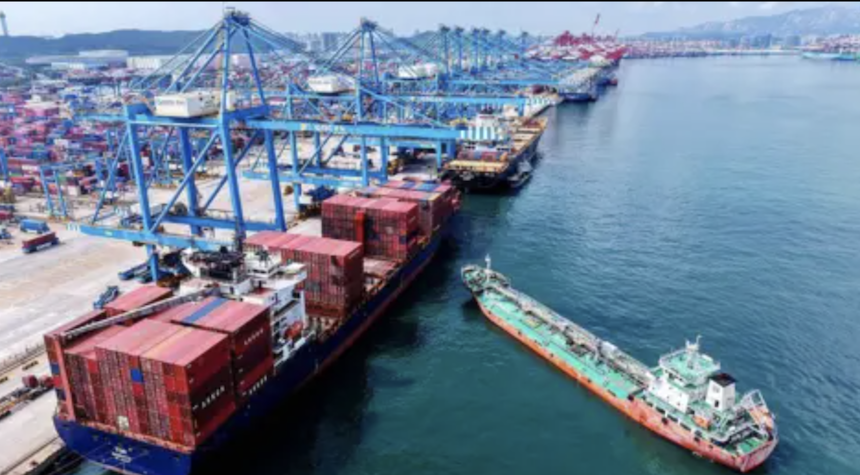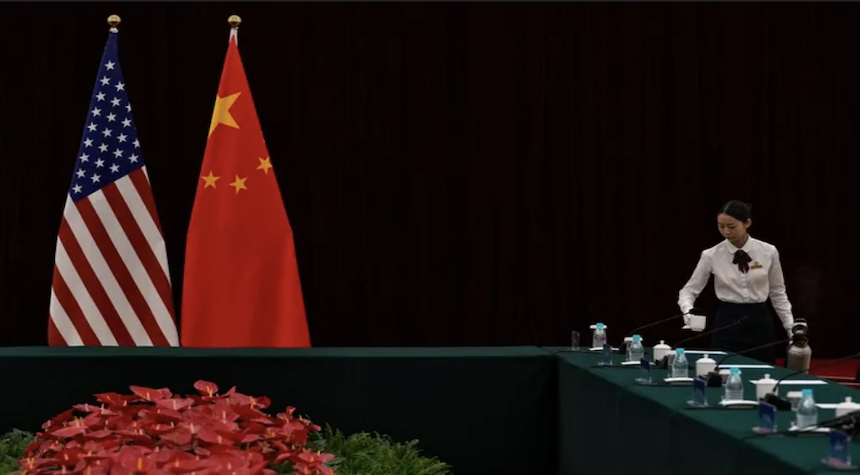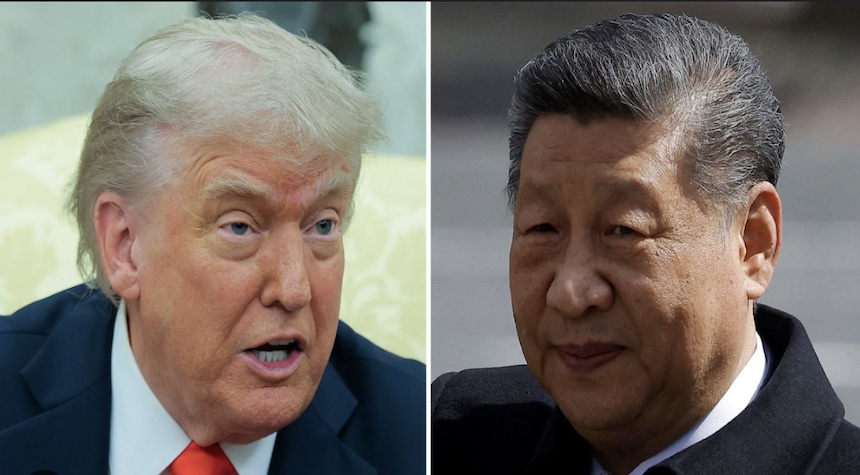The United States and China have once again stepped back from the brink of an escalating trade conflict. President Donald Trump has signed an executive order extending the current trade truce with China for an additional 90 days, postponing a potential increase in tariffs that was set to take effect at 12:01 a.m. Tuesday.
The extension maintains the status quo, with U.S. tariffs on Chinese imports remaining at 30%, while China’s retaliatory levies on U.S. exports also stay in place. This development follows earlier reports of tension between the world’s two largest economies over issues such as intellectual property rights and industrial subsidies.
According to reliable sources, the significance of this extension provides a crucial window for further negotiations. Sean Stein, president of the U.S.-China Business Council, states that this period is “critical” for both governments to work towards a trade agreement that could improve market access for U.S. businesses in China.

President Trump’s trade policies have dramatically altered the global trading landscape. Reports indicate that the average U.S. tariff has risen from approximately 2.5% at the beginning of the year to 18.6%, a level not seen since 1933, according to data from Yale University’s Budget Lab.
In May, both nations averted a potential economic crisis by reducing tariffs that had reached as high as 145% against China and 125% against the U.S. The current extension builds upon a June agreement that eased restrictions on computer chip technology exports from the U.S. and improved access to rare-earth minerals for U.S. companies in China.

Experts suggest that reaching a comprehensive agreement on longstanding issues may prove challenging. Claire Reade, a former assistant U.S. trade representative for China affairs, believes that limited agreements on specific commodities are more likely in the near term.
This raises important questions about the future of U.S.-China trade relations. As both sides continue negotiations, the impact on global markets and economies remains a subject of close observation.

